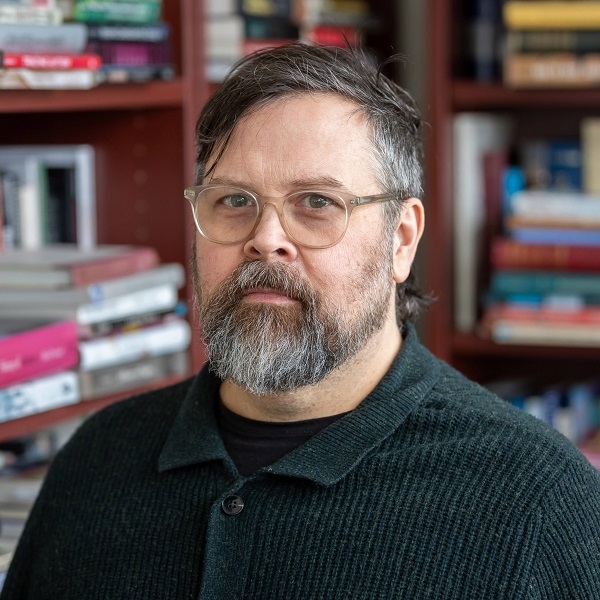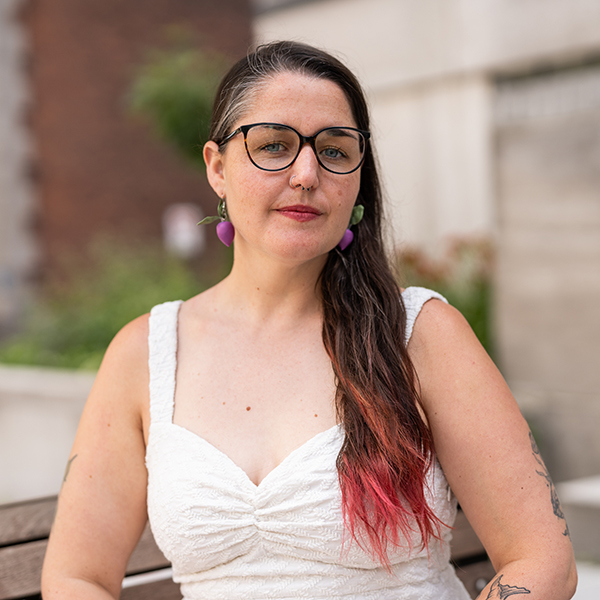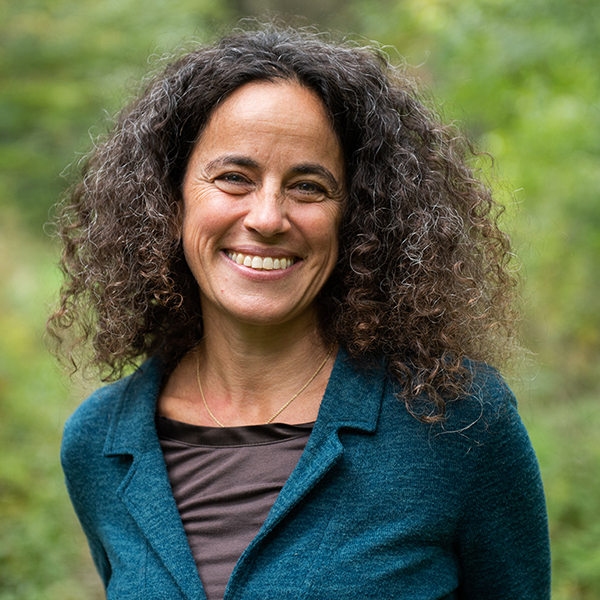With provocative names like MonVent, Lung Carburetor and FlowO2, more than 1,000 teams from 94 countries vied for the top prize in a wildly successful, two-week contest to design a low-cost, easy-to-use and easy-to-build ventilator to serve patients suffering from COVID-19.
Now, after rigourous testing and evaluation by judges, the field has been narrowed down to just three contenders.
The contest (called the Code Life Ventilator Challenge), was launched in March by the Montreal General Hospital Foundation and the Research Institute of the McGill University Health Centre (RI-MUHC), and culminated in the announcement of finalists via a video news conference on May 6. Top team honours went to: Haply, based in Montreal; IFPR Brazil, based in Paraná, Brazil, and Lung Carburetor based in Montreal and Havre-Saint-Pierre, Quebec.
“Never before have we needed to innovate on such a large scale and in such a short time,” said Reza Farivar, MSc’02, PhD’08, Canada Research Chair in Integrative Neuroscience and scientist at the RI-MUHC, who was the driving force behind the project. “Thank you to the contestants in accepting this challenge and inspiring all of us with your energy.”
During the video conference, Farivar also took the occasion to thank donors (MD Financial Management, the Canadian Medical Association, Scotiabank, McGill’s Faculty of Engineering; and Agorize), mentors, medical professionals and many others who collaborated on the international venture.
The three finalists were cited for design elements which resonated with judges like: an easy-to-use user interface, classic and simple design, reliability and low-cost, as well as portability and ease of use.
“We are really elated to be chosen,” says Haply co-founder and team member Colin Gallacher, BEng’13, MEng’16. “Having this reinforcement makes everything worthwhile. It justifies all the work we put in. Thank you to everyone who was part of this.”
Campus favorites, Team Breeze, comprising 11 McGill undergraduate students, made the semi-finals but missed out on one of the top three spots.
“The ventilator was built in our collective basements,” says team member Simon Tartakovsky, a second-year student in mathematics and physics. “We used the tools we had at home and were also given access to the McGill physics department 3D printers.”
“The project took place during our school year and final exam season,” adds teammate Madison Odabassian, a second-year student in anatomy and cell biology. “We had to manage working hundreds of hours on the project and completing our school work simultaneously. This meant many sleepless nights.”
“It obviously sucks that we didn’t make the finals but we are taking it as a learning experience and using the criticisms of the judges to make our design better,” says Tartakovsky, who invites experts and sponsors to continue supporting the student team’s efforts.
Meanwhile, for the three finalists, the process continues. The next step is to refine and finalize their manufacturing packages and ensure that they are ready and available for download to anyone, anywhere in the world.
The team that is judged to have yielded the most usable and most frequently produced ventilator will win the first prize ($200,000). Second and third place teams will receive $100,000 and $50,000 respectively.
Farivar also announced a new challenge aimed at experts in manufacturing and compliance dubbed the Sub K challenge which seeks to take the three finalists’ designs and “bring them to the finish line,” fully compliant with regulatory requirements and at a manufacturing cost of less than $1,000 (a formidable challenge considering the current cost of a ventilator can be anywhere from $5,000 to $50,000 or more).
Farivar explained that the lower cost threshold is intended to help make the ventilator accessible to as many countries (particularly developing countries) as possible.
This next challenge will be sponsored by The McGill Engine, the Faculty of Engineering’s Innovation and Entrepreneurship Centre, which will harness the support of industry, alumni, mentors, advisors and donors to facilitate the Sub K goal.


